Boost Your Garden’s Success with Proper Storage
Collecting and storing seeds from native plants is a rewarding practice that not only helps gardeners save money but also contributes to preserving local biodiversity. By learning the steps to proper seed storing, you can ensure their viability for future planting seasons, helping you grow your favorite native plants year after year. However, many factors like moisture, temperature, and exposure to light can affect seed health. Here are 10 great tips to help you store your native plant seeds successfully.
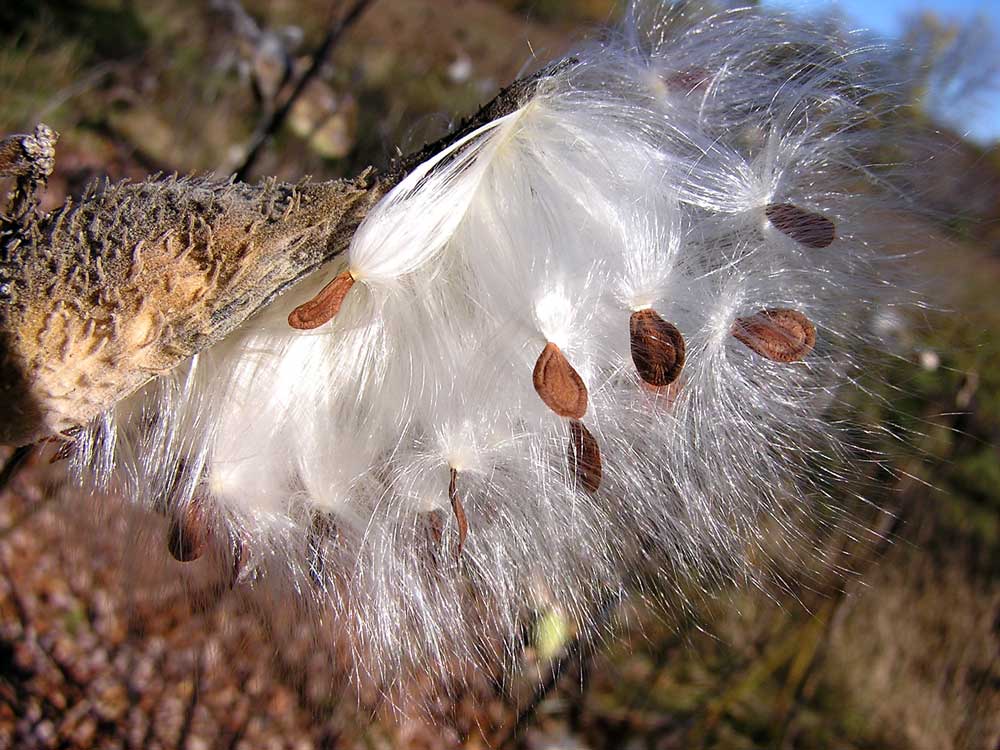
1. Harvest Seeds at the Right Time
Timing is crucial when it comes to harvesting native plant seeds. Mature seeds often have a dry, hardened exterior and may naturally begin to release from the plant. For example, milkweed pods will split when ready, and coneflower seeds will loosen. It’s essential to avoid picking seeds too early, as immature seeds may not germinate. Check for signs of maturity such as seed color (usually dark) and texture, and choose a dry, sunny day to collect them to reduce moisture content.
2. Clean and Dry Seeds Thoroughly
Once collected, cleaning your seeds is an important step. For fleshy seeds like those of wild roses, remove any pulp or debris surrounding the seeds to prevent mold. Dry seeds, like those from grasses or wildflowers, may only need a light brushing or sifting to clean. After cleaning, air-dry the seeds thoroughly in a well-ventilated, shaded area for several days to a week. Seeds that retain too much moisture can rot or develop mold in storage.
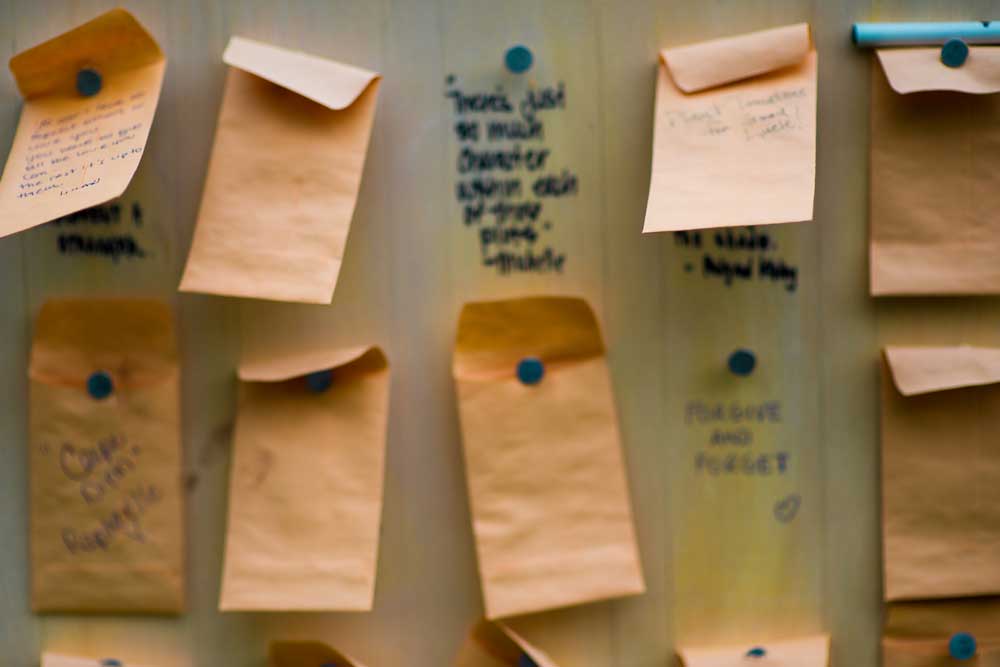
3. Store Seeds in a Cool, Dry Place
The key to maintaining seed viability is to store them in a location that is both cool and dry. High temperatures and humidity can quickly deteriorate seeds. A basement, closet, or pantry might provide the perfect conditions, with temperatures ideally kept between 32–50°F (0–10°C) and humidity levels below 60%. Avoid storing seeds in places that are prone to temperature fluctuations, like garages or attics.
4. Use Airtight Containers
Air exposure is one of the primary causes of seed degradation. Store your seeds in airtight containers to reduce their contact with air and moisture. Glass jars with tight-fitting lids are an excellent option, as are vacuum-sealed plastic bags. If you’re using envelopes for seed storage, be sure to place them in an airtight secondary container like a plastic box or glass jar.
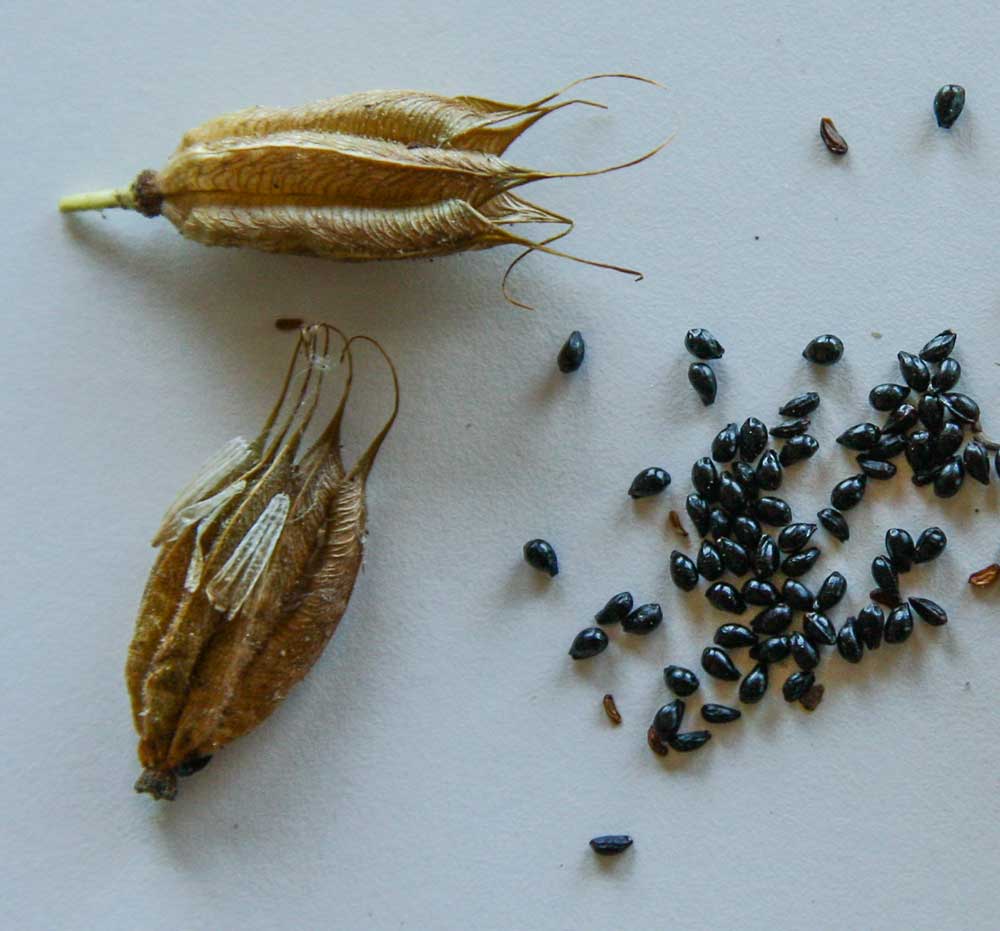
5. Label Seeds Clearly
Always label your seeds with the plant name, date of collection, and location where they were harvested. This information is critical for tracking viability over time and knowing what species you are planting. It’s easy to forget what’s what, especially if you’ve harvested a variety of seeds. Labels help keep your seed collection organized and can remind you when seeds might need replacement.
6. Keep Seeds in a Dark Place
Exposure to light can trigger premature germination or weaken seeds over time. Store seeds in opaque containers or keep them in a dark place like a drawer, closet, or cabinet. Avoid placing seeds in transparent containers where they may be exposed to sunlight or artificial light.
7. Refrigerate for Long-Term Storage
Refrigeration is a great option for long-term seed storage, particularly if you’re storing seeds for more than a season. The cool, consistent temperature of a refrigerator (around 40°F or 4°C) mimics the natural dormancy conditions many native plant seeds experience in winter. Just be sure to protect seeds from moisture by storing them in airtight containers with a silica gel packet or a small amount of dry rice to absorb excess moisture.
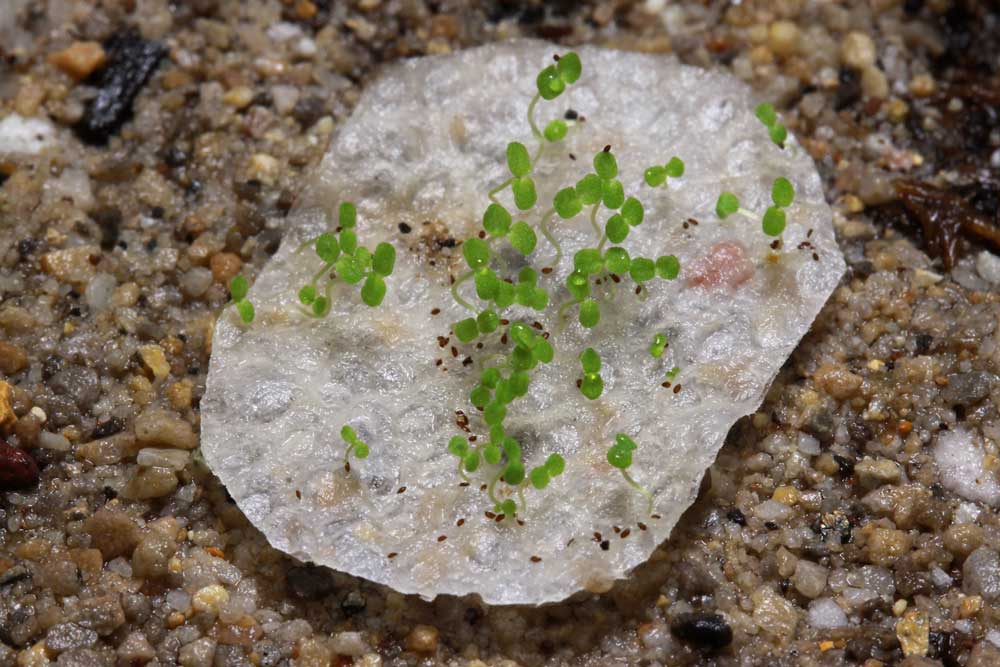
8. Stratify Seeds After Storage
You may need to stratify your seeds at the end of the storage period. Stratification is a process that simulates natural winter conditions to break seed dormancy, ensuring that seeds do not germinate prematurely in unfavorable conditions. This is particularly important for seeds from temperate climates that require a period of cold to trigger germination. Many native seeds, such as those from wild columbine or lupine, need cold stratification to break dormancy. This process mimics natural winter conditions by exposing the seeds to a cold, moist environment. You can stratify seeds by placing them in a damp paper towel inside a plastic bag and refrigerating them for several weeks before planting or storing.
9. Freeze for Extended Storage
Freezing is another way to extend the life of native plant seeds, especially those with hard coats like prairie grasses and coneflowers. Make sure the seeds are thoroughly dry before freezing to avoid ice formation. Store seeds in airtight containers and place them in the freezer for long-term storage. Frozen seeds can often remain viable for several years; however, it’s best practiced under controlled conditions like those found in seed banks.
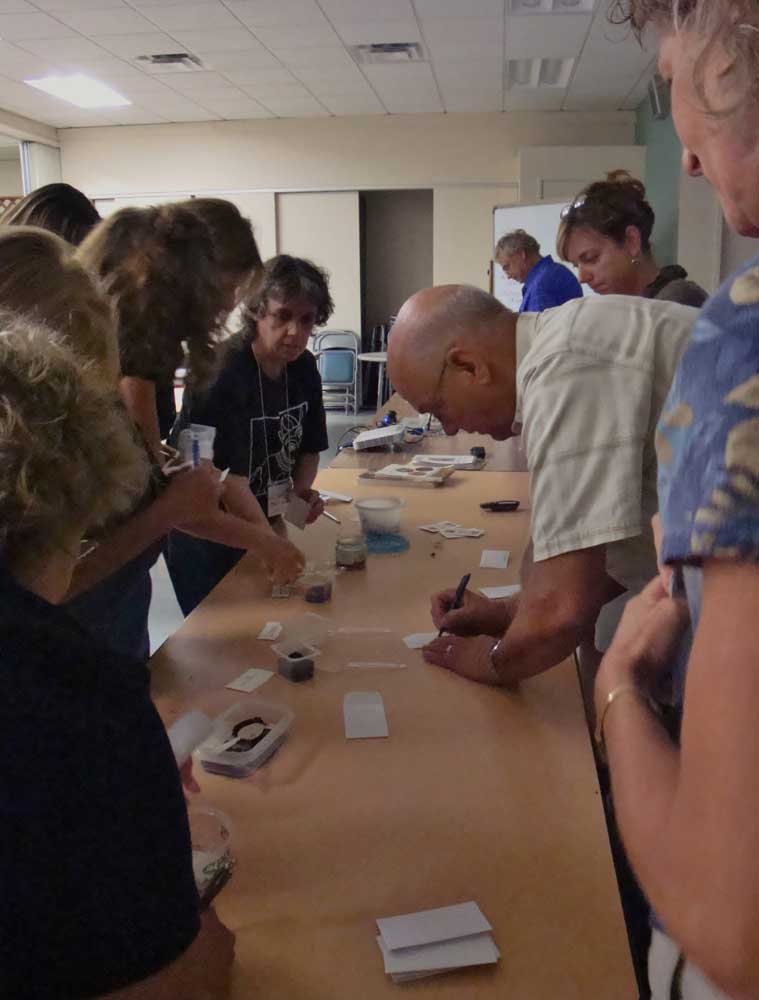
10. Monitor Seed Viability Regularly
Over time, seeds will naturally lose viability. To test your seeds, place a few on a damp paper towel, keep them warm, and see if they sprout. If your seeds have a poor germination rate (less than 50%), it may be time to replace them with fresh ones. Regularly testing and monitoring your seeds ensures that you’re planting healthy, viable seeds each season.
Additional Considerations
- Ethical Seed Collection: When collecting wild seeds, follow ethical guidelines such as not taking more than 10% of available seeds from any plant population to ensure natural regeneration.
- Genetic Diversity: Collecting from multiple sites can help maintain genetic diversity within your seed collection.
- Pest Prevention: Use pest-proof containers or locations to store seeds.
- Moisture Control: Consider using desiccants like silica gel or dried rice in storage containers.
Conclusion
Storing native plant seeds is an excellent way to ensure future plantings and contribute to local ecosystem restoration. By following these tips and considering additional factors like ethical collection and genetic diversity, you can preserve the vitality of your seed collection for seasons to come. Whether you’re saving seeds from your favorite wildflowers or native shrubs, proper storage will help ensure your gardening efforts thrive.
